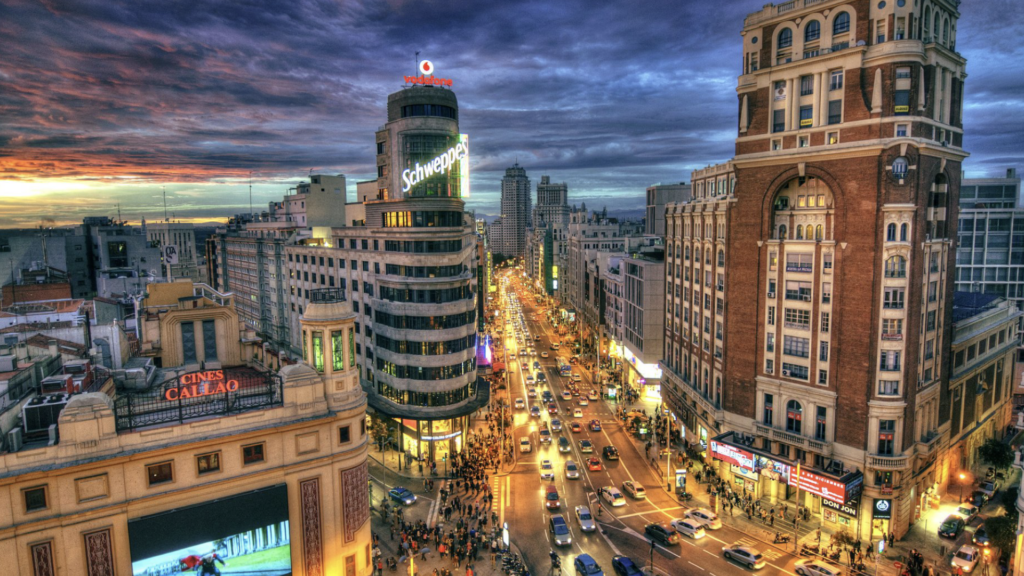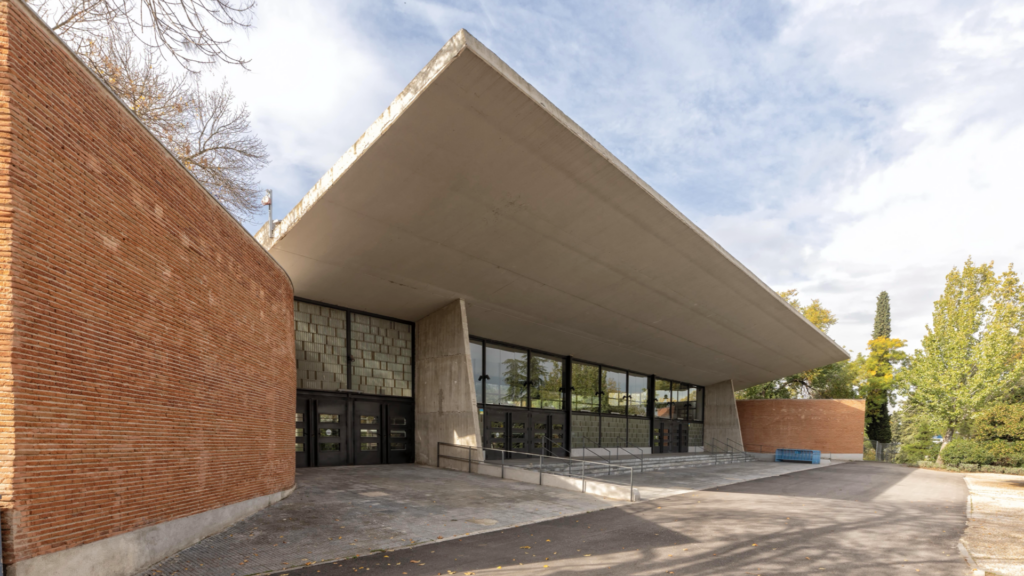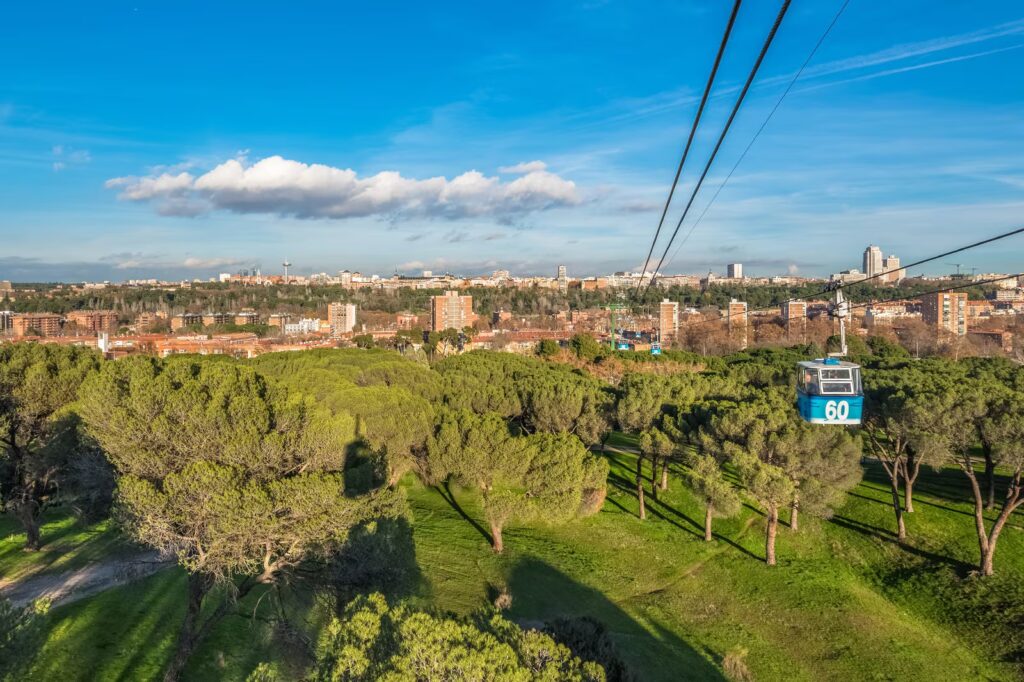

The Madrid-Barajas Airport Madrid-Barajas Adolfo Suárez airport is just 12 km from the city centre.
Transfer from the airport:
Taxi: There are many taxi stops at every terminal.
Metro: The Metro line 8 Nuevos Ministerios connects with two Metro stations at the airport: “Aeropuerto T1 - T2 - T3” and “Aeropuerto T4”.
Bus: There are many urban bus routes operated by the Municipal Transport Company (EMT), as well as interurban buses.
Interurban train: The T4 terminal connects Madrid with many interurban trains, located in the -1 floor of this terminal.
1535.52 hectares make this natural space the largest public park in Madrid. The history of the Casa de Campo began with Philip II’s decision to move the court to Madrid and reside there. The king began to create a property that linked the Palace to the El Pardo hunting reserve. Around this first nucleus, other properties and fields purchased from neighbors were added. With the arrival of the Second Republic (1931), the space was ceded to the people of Madrid, for whom it was their favorite park ever since.
Under Ferdinand VI this place was declared a Royal Forest. Given the hunting and rural purposes of the property, and the proximity of the Palace, the original Vargas country villa was expanded to accommodate the royal rooms. Charles III then changed its orientation, introducing both livestock breeding and agriculture into the activities that took place there and which would later be continued by Queen Maria Cristina.
After the proclamation of the Second Republic, the Spanish state ceded it to the people of Madrid (1 May 1931), and since then it has always remained open to the public. During the civil war it was the scene of battles and bombings that caused various damages to the older buildings and that caused new ones to appear, of a military type, which can still be seen.
In 2010 it was declared an Asset of Cultural Interest in the Historic Site category.
Biodiversity, recreation centers and ... lots of sports

Casa de Campo is an urban park with some typical forest characteristics. It has an interesting botanical path of 4 flat kilometers (which goes from the Lake to the Puerta del Zarzón following the course of the Meaques stream). The variety of ecosystems present in this area of the city allow for the presence of a great avifauna biodiversity.
Inside there are various facilities, such as the Amusement Park, the renovated Casa de Campo Lake, the Zoo, the Teleférico (which connects Casa de Campo with the Parque del Oeste, on the other side of the Manzanares), the fair pavilions, the multipurpose building Madrid Arena and several popular public sports facilities.
Casa de Campo is also one of the favorite parks of lovers of outdoor sports, such as runners; and in summer, its swimming pool is one of the most famous in Madrid.
